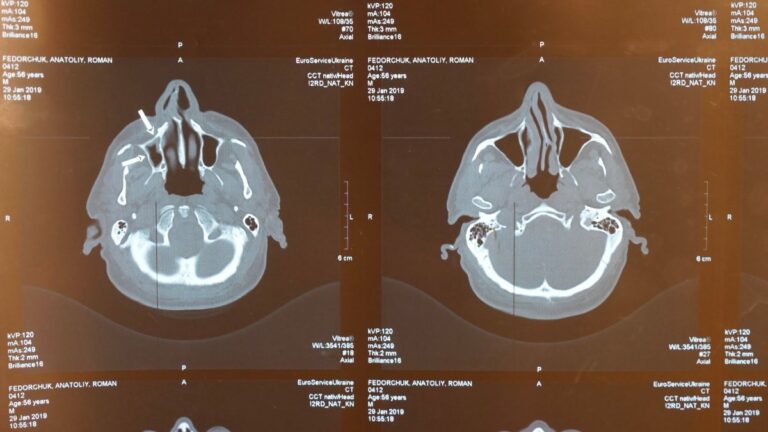This Ancient Breathing Technique Is Going Viral For Reducing Stress Instantly (Breathe 2 Minutes, Relax Instantly!)
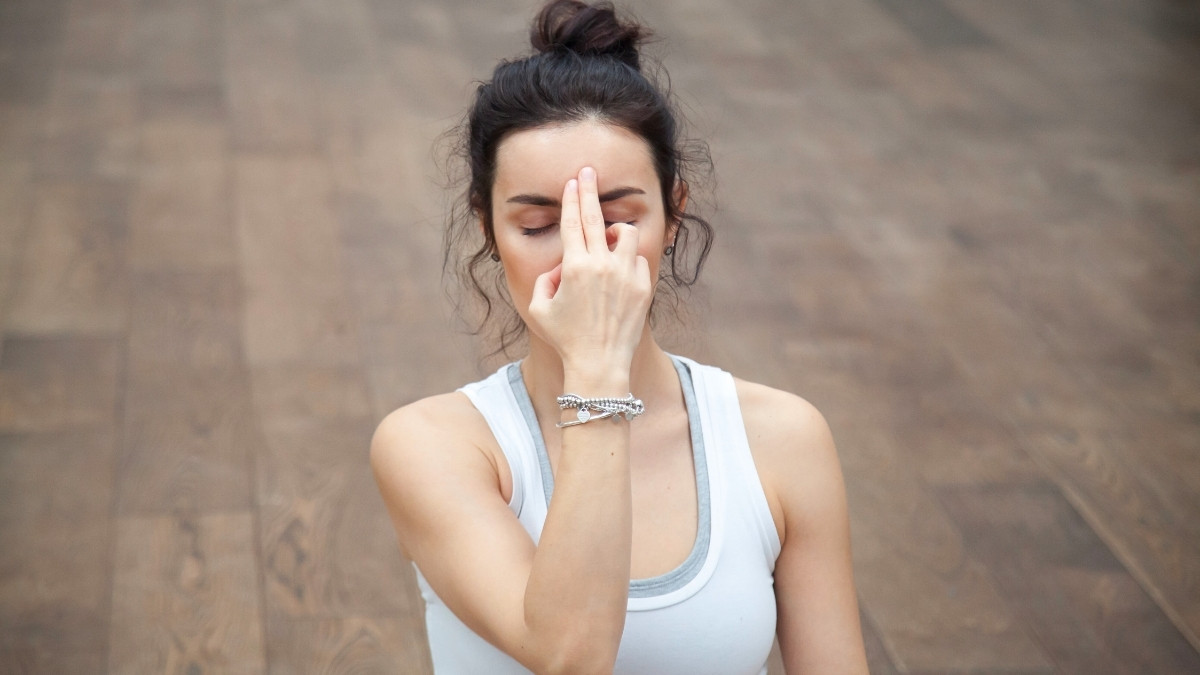
A Stanford neuroscientist’s five-minute breathing technique has gone viral on TikTok and Instagram, with millions saying it instantly melts away stress—and the science backs them up.
If you’re stuck in back-to-back meetings, your heart racing, and meditation apps feel too slow, this is for you.
You need something that works now, not in 20 minutes. Stress is affecting your sleep, focus, and overall wellbeing, but long routines aren’t realistic.
This article shows you the physiological sigh breathing technique—also called cyclic sighing—that Dr. Andrew Huberman has popularized. You’ll learn:

- The exact steps for the sigh that science proves lowers stress faster than meditation.
- Why this breathing pattern works better than other methods.
- How just five minutes can reduce anxiety, improve mood, and slow your breathing at rest.
- Step-by-step instructions you can use anywhere, anytime.
- The science behind exhale-focused breathing exercises and how they affect your nervous system.
🌬️ Discover the 5-Minute Stress Reset
Click each card to uncover how this viral technique works
Viral Breakthrough
Millions use it daily
Click to reveal- Stanford neuroscientist approved
- Viral on TikTok & Instagram
- Works faster than meditation
The Secret
What makes it different?
Click to reveal- Your body already does it naturally
- Double inhale + long exhale
- Targets trapped CO₂
How Long?
Instant or sustained?
Click to reveal- One round = instant calm
- 5 minutes daily = lasting results
- Works anywhere, anytime
The Science
Why does it work?
Click to reveal- Activates vagus nerve
- Slows heart rate naturally
- Releases calming chemicals
Best Moments
When should you try?
Click to reveal- Before presentations
- During panic attacks
- Midday work reset
Best Choice?
vs other techniques
Click to reveal- Box breathing → Focus
- 4-7-8 → Sleep
- Physiological sigh → Quick relief
The Physiological Sigh: The 5-Second Reset Your Body Already Uses.
When you feel stressed, your breathing often gets shallow. That traps carbon dioxide in your body, which makes you feel even more on edge. The physiological sigh fixes this fast.
This breathing pattern is a double inhale through your nose followed by a long exhale through your mouth. Your body does this on its own about every five minutes. Dr. Andrew Huberman from Stanford helped make it viral by teaching people how to use it on purpose.
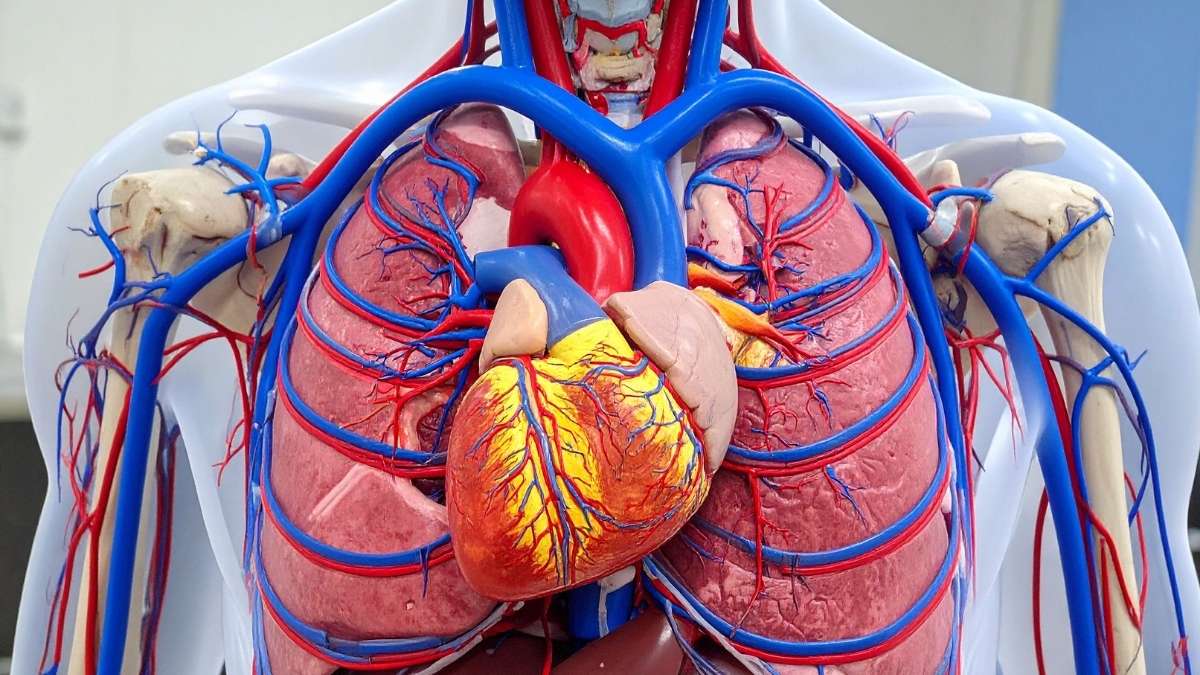
Here’s how it works.
The first inhale fills your lungs almost to the top.
The second quick sniff pops open tiny air sacs called alveoli.
That gives your lungs more room for oxygen and helps you dump extra carbon dioxide on the slow exhale.
And that long exhale is the key. It signals your nervous system to slow down.
People like it because it’s simple and fast. One or two rounds can calm your body in seconds. It’s also different from many breathing exercises because it focuses on a longer exhale instead of long inhales.
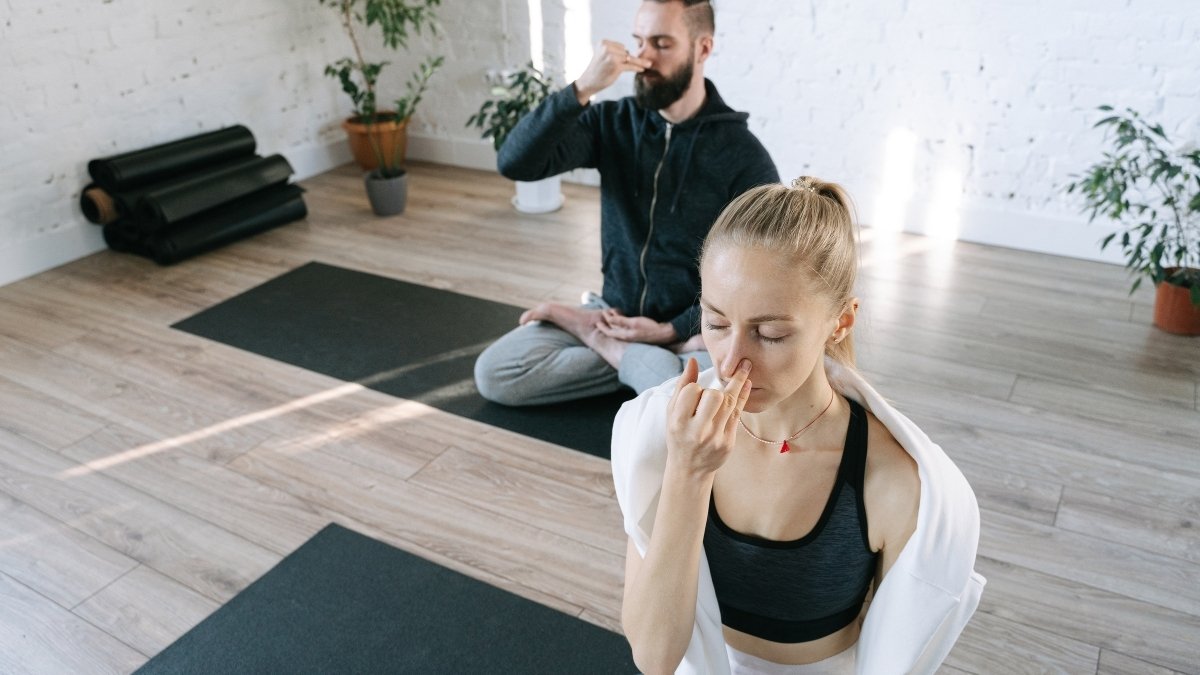
That’s why it keeps spreading on TikTok and other platforms. Millions of people want a tool they can use at school, work, or when panic hits out of nowhere. This gives you that tool.
How to Do the Physiological Sigh: Simple Step-by-Step Instructions
A fast stress relief exercise you can use anywhere.
Great for quick anxiety relief when you don’t have time to step away.
Step-by-Step: How to Do the Physiological Sigh
Start by sitting or lying down in a comfortable spot. Keep your back straight. Let your shoulders relax. This helps your lungs open fully.
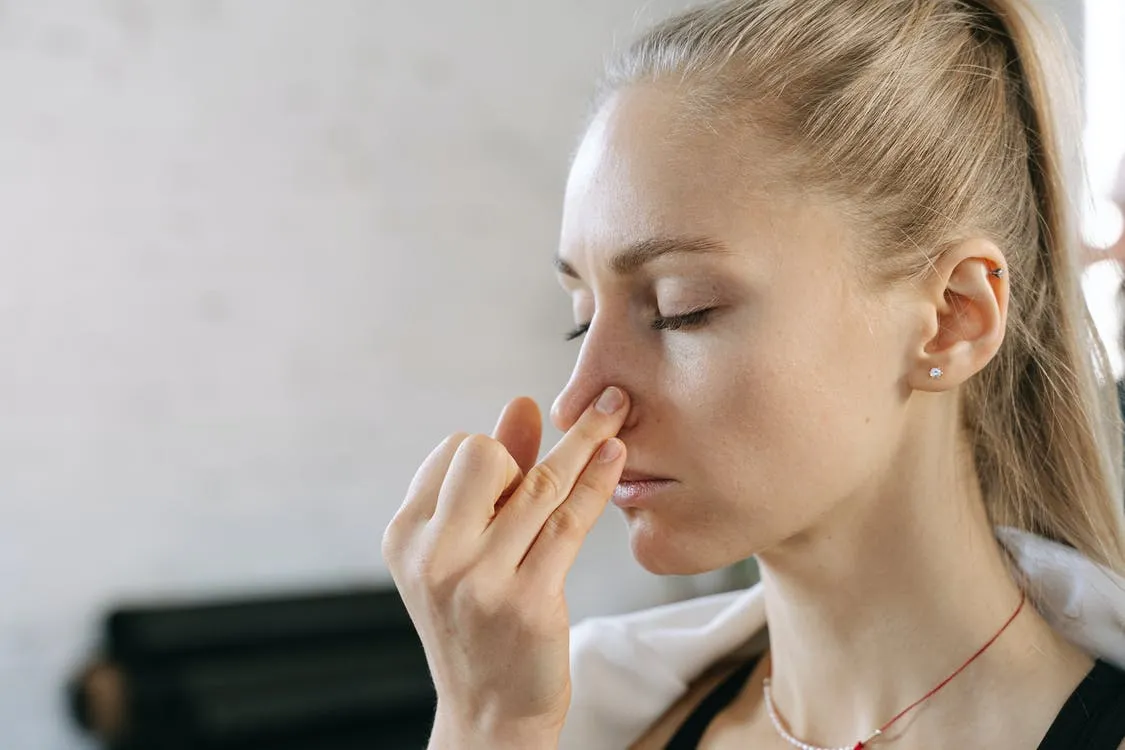
Take a slow inhale through your nose. Fill your lungs about halfway.
Then take a second, sharper inhale through your nose. This one fully expands your lungs and opens the tiny air sacs inside them.
Now let out a long, steady exhale through your mouth. Empty your lungs as much as you can. This is the part that calms your body.
Mistakes to Avoid
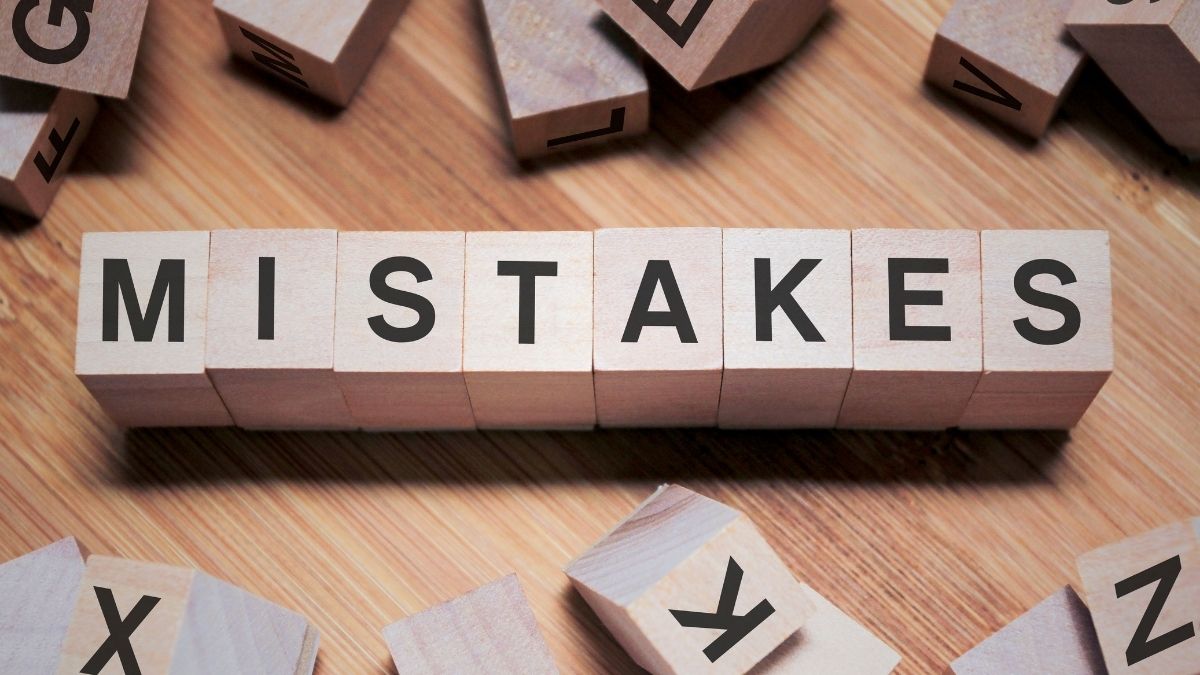
Don’t rush the breaths.
Don’t start with a shallow first inhale.
Don’t cut the exhale short. The long exhale is what lowers stress.
Why This Works Anywhere
You can use it in meetings, during a commute, or right before a presentation.
People with higher anxiety levels often feel the biggest relief from intentional sighs.
Comparing Popular Breathing Techniques: What Works Best?
Each breathing exercise helps in a different way.
You pick the one that fits the moment you’re in.

When stress hits, you need a tool you can use right away. But different breathing methods give different results. Here’s a simple breathing techniques comparison you can use to decide fast.
Box Breathing vs Physiological Sigh
Box breathing uses a 4–4–4–4 pattern. You breathe in for four, hold for four, exhale for four, then hold again. It’s popular with Navy SEALs because it sharpens focus. It steadies your mind when you need control, not calm.

The physiological sigh helps you calm down faster. It uses a double inhale and long exhale. This works well when you feel sudden pressure or panic.
The 4-7-8 Breathing Technique
This one is simple. Inhale for four.
Hold for seven.
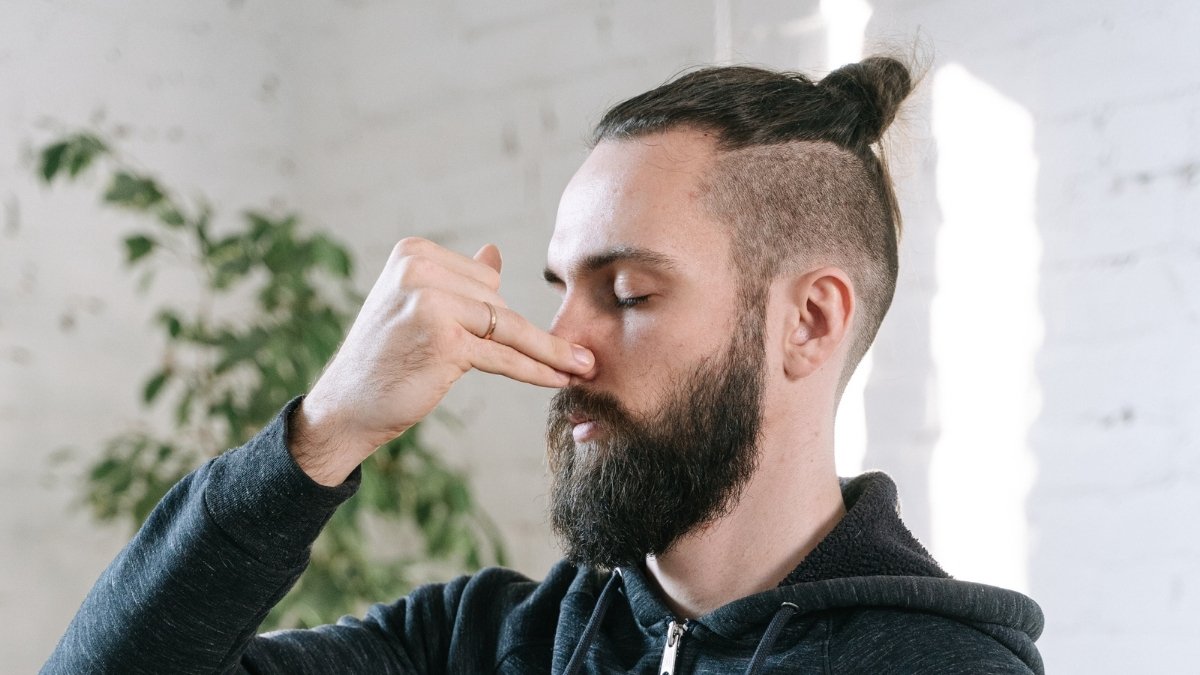
Exhale for eight.
It slows your body and helps you settle before sleep.
What Studies Show
One study found that breathing at 6 breaths per minute raised HRV more than box breathing or 4-7-8. Higher HRV often means better stress control.
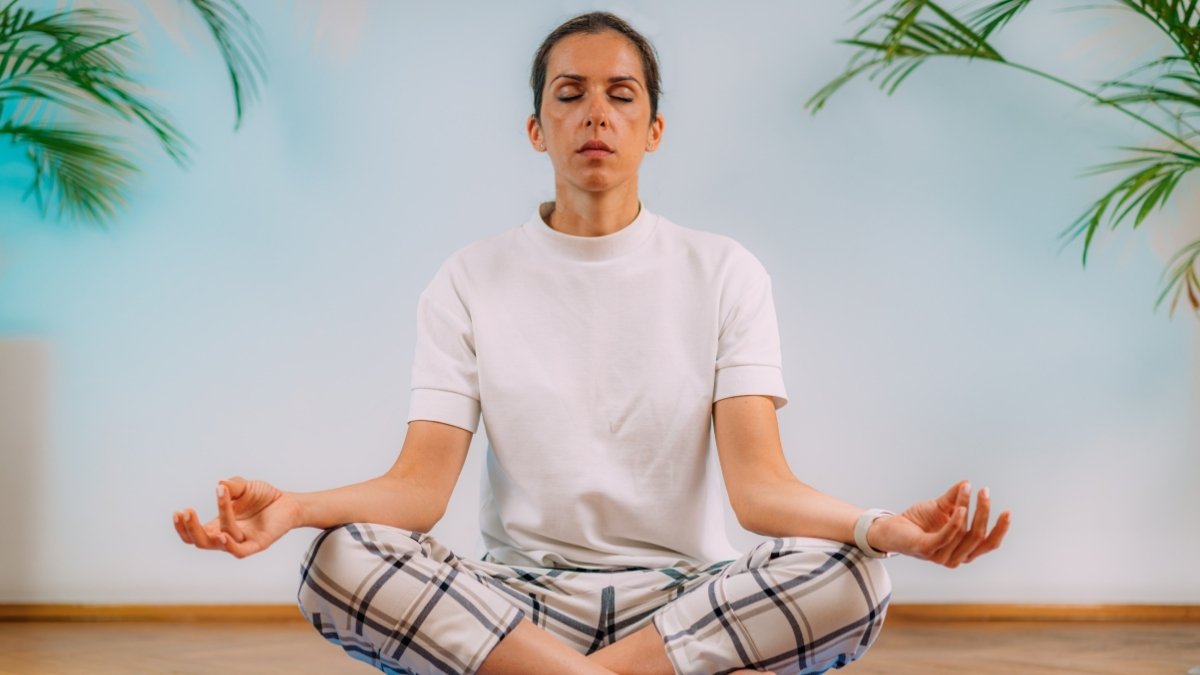
A large review showed breathwork lowered stress with a small-to-medium effect size. It also helped anxiety and low mood.
Another study showed lower cortisol and better attention after deep breathing.
When to Use Each
Use box breathing for focus.
Use 4-7-8 for sleep.
Use the physiological sigh for quick anxiety relief.
When and Where to Use the Physiological Sigh
Use it any time your body feels overloaded.
It’s an instant calm technique you can use in less than a minute.
Use it any time your body feels overloaded
The physiological sigh helps when your mind feels too full.
It gives you fast relief in under a minute.
You can use it without stopping what you’re doing.

Your body relaxes as the long exhale slows things down.
It’s a quiet tool that fits into busy days.
You always have it with you, which makes it easy to trust.
Before Hard or Stressful Moments
Use it before a presentation, interview, or tough talk.
It eases the tight feeling in your chest.
Your thoughts feel clearer after a few breaths.

You speak more calmly because your body settles.
It helps you stay steady when pressure rises.
This gives you control before the moment even starts.
During Anxiety or Panic
This is one of the quickest anxiety relief methods.
The double inhale expands your lungs fast.
The long exhale slows your heart rate.

You can do it quietly in public spaces.
Nobody notices, and you get control back.
It helps break the cycle before panic grows.
As a Midday Reset
Work stress builds slowly through the day.
Your breathing becomes shallow without you realizing it.
A few physiological sighs bring your body back down.

You feel lighter after just one round.
It helps you refocus when your mind feels scattered.
Use it as your quick “reset button” anytime.
Before Bed
This helps your body shift into sleep mode.
Slow exhaling tells your system to rest.
It quiets racing thoughts at night.
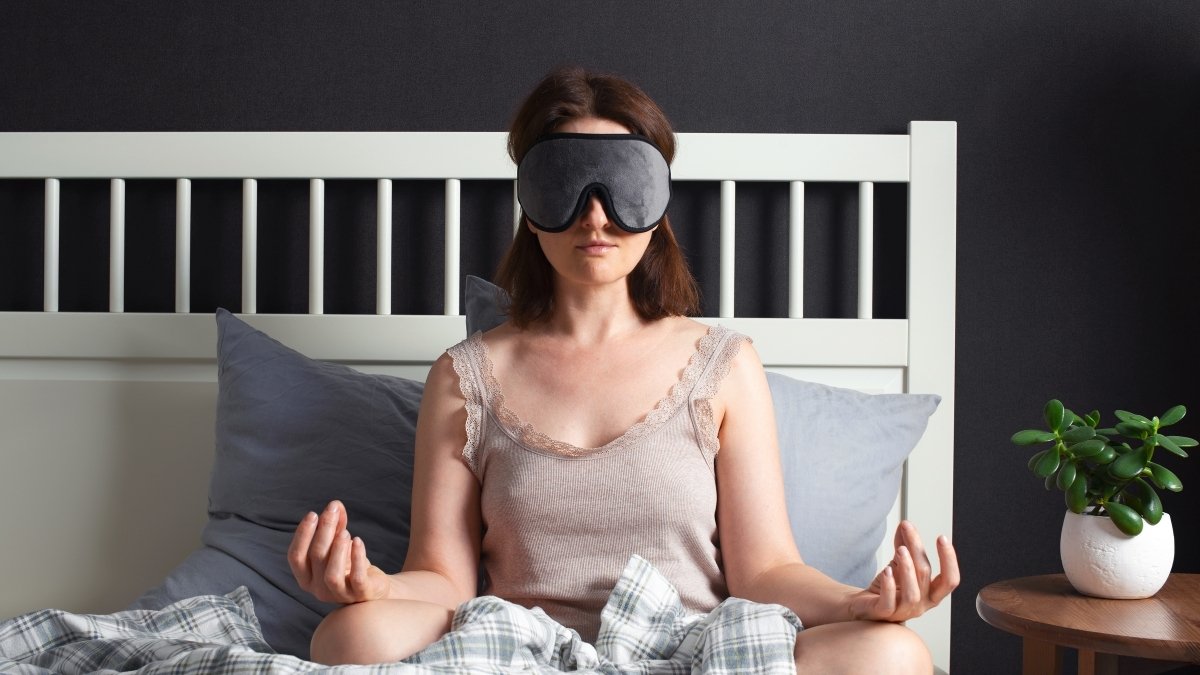
A few minutes can loosen mental tension.
Your body feels safer and more settled.
It makes the transition into sleep much smoother.
When You Notice Physical Stress Signs
Use it when your chest feels tight or your heart races.
It works fast because it clears trapped carbon dioxide.
You don’t need apps, tools, or a quiet room.

One slow exhale is often enough to feel relief.
It helps you respond instead of react.
And the more you practice, the better it works.
Why This Works: The Science Behind Exhale-Focused Breathing
Long exhales tell your body that the danger has passed.
This is why you feel calmer within seconds.

When stress hits, your breathing speeds up. Your heart races. Your muscles tighten. This is your sympathetic nervous system, also called your fight-or-flight response. Exhale-focused breathing helps flip the switch off.
How Your Body Calms Down
Long exhales activate the parasympathetic nervous system. This system slows your heart rate and relaxes your body. Deep, slow breathing sends a message to your brain that you are safe.

When you breathe deeply, you take in more oxygen. This boosts blood flow to your brain. That helps you think more clearly and stay focused even during stress.
Why the Exhale Matters
When you stretch your exhale, you stimulate the vagus nerve. This nerve runs from your brain down your chest and into your belly. When you activate it, your body releases calming chemicals like serotonin and endorphins.

Long exhales also trigger sensors in your heart. These sensors notice changes in pressure as you breathe. They send a signal to your brain that tells your heart to slow down.
What Happens Inside Your Heart
There’s a simple idea called respiratory sinus arrhythmia. Your heart beats faster when you breathe in. It slows down when you breathe out.
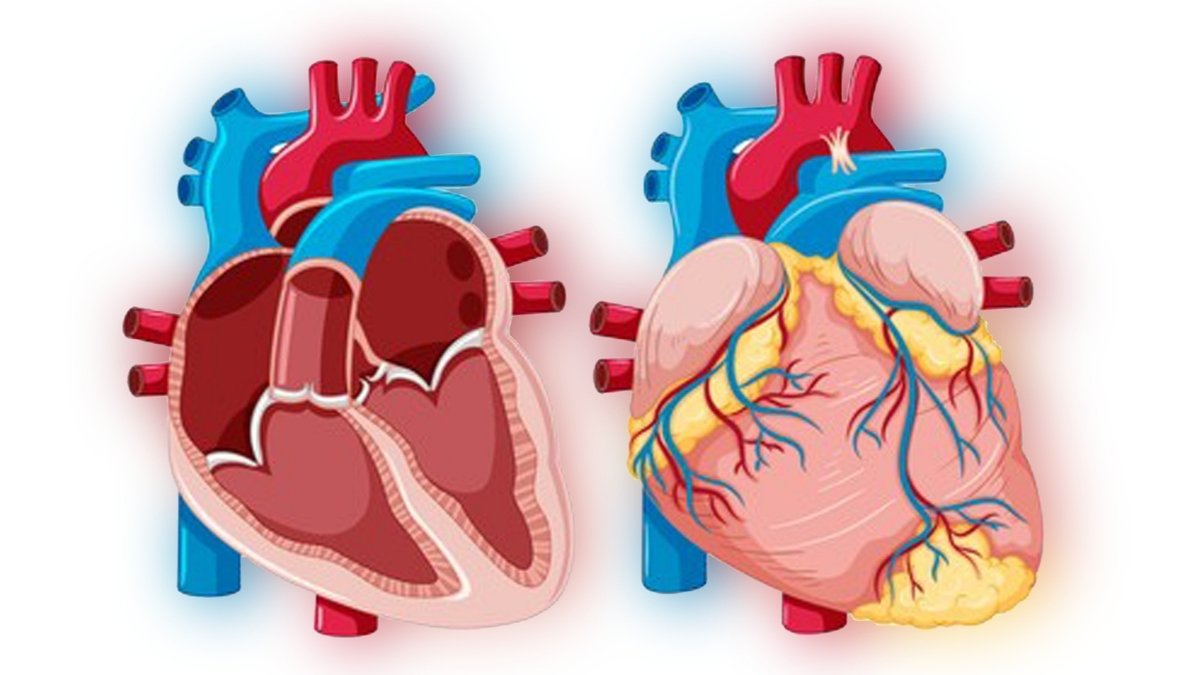
So the longer your exhale, the more your heart settles.
Why This Breaks the Stress Cycle
Breathing slowly interrupts the pattern of rising stress hormones.
It releases tension in your muscles. It lowers your heart rate. It helps your brain stop sending alert signals.
What Research Shows
Many studies show deep breathing reduces stress, anxiety, and low mood.
Long breathing cycles help balance your autonomic nervous system.
Nearly all controlled breathing methods help your body calm down by working on the vagus nerve.

This is why exhale-focused breathing feels like an instant calm technique. Even a few slow breaths can break the panic loop and help you reset.
Lastly,
By using your body’s natural stress-relief system, you can feel calm in minutes. Guided breathing exercises like this are a safe, non-drug method to handle stress and anxiety. Even brief practice can reset your nervous system and help you think clearly.
The next time stress hits, don’t scroll or push through. Try the physiological sigh: two deep inhales through your nose, one long exhale through your mouth. Do it once for instant relief, or practice for five minutes daily for lasting results.
Whether it’s workplace anxiety, everyday stress, or just needing instant calm, the physiological sigh breathing technique is a simple, proven solution that works anywhere, anytime. Your body and mind will thank you.


